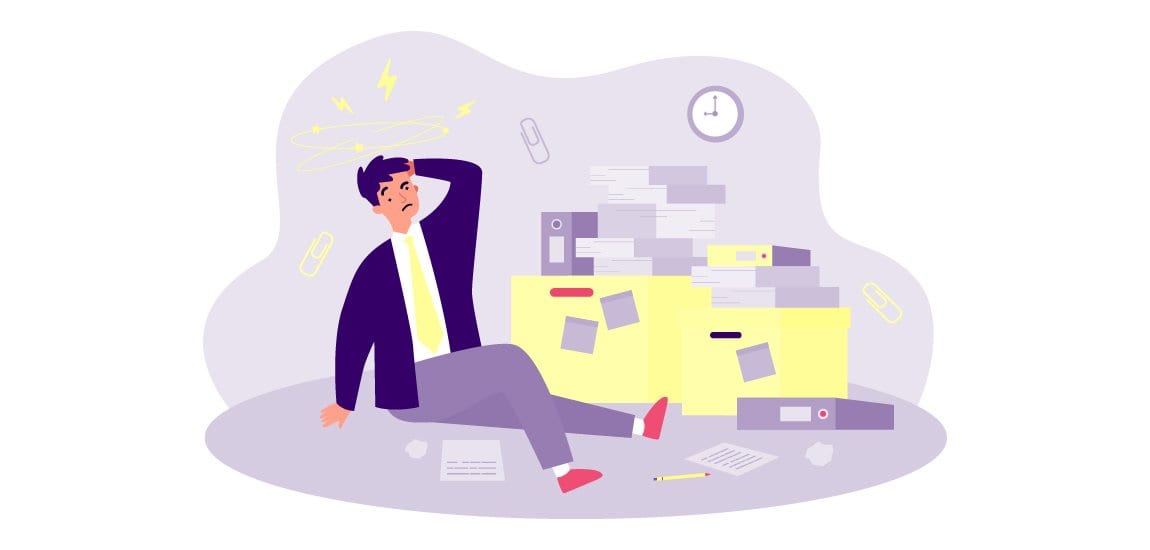
Document Translation formats in the Modern World
File Formats:
To store information on computers, it must be encoded. File formats are the standard way of encoding and storing information on computers. There are different types of formats for storing Word files. PDF is the most common format of word documents. It is one of the safest ways of storing data. Adobe developed the format for presenting documents. Whether you are a Windows user or do your work on an Android device, you can read a PDF file easily. Microsoft Excel is another excellent type of document that allows people to store and share data. Every format has its own advantages and disadvantages. Some of them display word count, while some don’t. Any mobile application can’t read some formats.
Some formats don’t support image files or non-Latin-based languages like Chinese and Korean. But then there are files like Microsoft Word that support several foreign languages, including Italian, German, Dutch, Russian, Swedish, French, etc. The right format is the one that fulfills all of your requirements. Even PDF, the safest format, might not be useful in some situations.
Document Translation in the Modern World:
Translation has always been important for people. It allows people to communicate with each other and allows companies to connect with their target audience. However, the translation and localization process of today relies on technology. People can download apps like Google Translate on their phones and get translations of everyday words. There are translation tools that make the jobs of linguistic experts easier.
In today’s world, ordering a translation has become so simple. People don’t have to visit the office of a translation company to hand-deliver their documents. They can visit the website of an agency and place their order easily. They can also deliver the project to their inbox and download and print the file easily at work. You can also learn everything about an agency on the Internet. You can hire a company with native experts in the target language on their translation team. You can also ensure they have affordable rates before you send over your documents to them.

Translation and File Format Problems:
Although ordering translation has become easier, there is still the issue of the source file. When people use an app or a translation tool for linguistic assistance, they get bound by the supported file types. They will have trouble getting the translation if they don’t have the source file in the right format. But this problem is not limited to software programs. Some language service providers don’t accept all kinds of files and only work with certain translation formats. Although Word Documents are easy to edit, they are not that safe. When people decide to share the source material with a third party, they want to ensure their information will remain safe.
When agencies ask for editable formats after receiving translation requests, it can be a problem for clients. They have to find conversion software and change the existing format. Sometimes, a file does not only contain plain text but also images that have to be localized. Changing the original file into the right format can be difficult in that situation. It can be a bigger problem if different formats cannot read the source language.

What’s the Solution?
A few methods of storing encoded data are ideal for localization and translation. XLIFF is one of the best localization formats which is loved by linguistic experts all over the world. XLIFF source files make the job of the localization teams simpler and easier. With the help of XLIFF files, localizable data can be easily passed between different tools. However, XLIFF is mainly helpful for localizing global websites and e-commerce stores.
Other options are available regarding translation formats, like gettext PO, Mozilla DTD Format, WordFast Translation Memory, etc. The right format can be picked depending on the type of source material. For instance, the format supporting most languages will be selected if there are multilingual files or the source language is unique. If localization is also needed to connect with the target market, XLIFF is the best option.
But whether you need translations in English or a lesser-known language, finding the supported formats should not be up to you. Even if the client needs help with a unique language combination, a linguistic expert should be able to handle every format type. If you pick the right service provider, you won’t have to worry about the translation process or the standard formats.
A good service provider will not only accept the source material as it is but also provide you with proper translations in the file type of your choice. You should be able to connect with your target market in the best way possible, and document conversion should not take up too much of your time. If you hire a reliable service provider, you can also share bilingual files with them. They would also be able to localize original graphic files for you so you can publish your multilingual website as quickly as possible.
Things to know about translation formatting:
Every linguistic expert has to learn about common localization file formats. They cannot use tools and desktop publishing software programs like Adobe InDesign, Transifex, Quark, SDL Trados Studio, etc. The translation process cannot be efficiently completed these days without the help of the right tools. However, the translator should know how to handle digital content to use the tools. Whether doing website translation for international mobile users or creating targeted advertising, they must ensure that the translated file is in a format the client can easily understand.
When considering translation formatting, it’s important to note that native PDF files and archive formats are commonly used to preserve the entire document’s layout and structure, which can benefit translation vendors. Additionally, XML formats provide a structured approach to managing and processing translation data within archive files.
When people require document translation services, they need results that the authorities will accept. They may not have the source document in an editable format, but they should still be able to get the required help. A qualified and experienced professional would know how to handle a translation project in the best way possible. An agency that handles global operations cannot expect its clients to provide it with documents in different formats.
What are common localization source file formats?
If you want to do software translation to provide high-quality results to your clients, you should ensure that you have the source material in the right type of files. For instance, if you use SDL Trados Studio for localization, you can work on XLIFF, XML, OpenDocument files, source code files, straight text files, etc.
XML files are a common file type used as a markup language in programming, often employed for localization purposes due to their structured format. They are common localization source file formats, facilitating content translation, such as user guides into various languages.
Transifex is another software that linguistic experts use. It has a template file feature that can be helpful for translators. It supports all the basic types of documents, including Apple Strings, Java, and YAML. So, if you have downloaded the right software for localization, you can use any type of document.
Expert Translation Services
Professional translators at our translation agency are adept at handling a wide range of document formats, including PDF documents, ensuring a seamless transition from the original format to the translated version. With expertise in various types of translation, our team specializes in human translation, maintaining the integrity and nuances of the source text while delivering accurate and culturally appropriate translations. Whether it’s legal, medical, technical, or literary content, our translators are committed to providing high-quality translations that meet the diverse needs of our clients.
When it comes to handling complex design files like Adobe Illustrator documents, our team excels in preserving the original formatting throughout the translation process. Whether it’s a brochure, poster, or infographic, we ensure that the visual elements remain intact while seamlessly integrating translated text. With expertise in various language pairs, our project managers oversee every step of the translation process, coordinating with translators to maintain accuracy and consistency. From English to Spanish or Japanese to French, our translators are equipped to handle diverse language pairs while delivering translations in the original file formats, ensuring a hassle-free experience for our clients.
When it comes to translating original documents, such as product manuals or birth certificates, our team of human translators ensures precision and accuracy in every detail. Whether it’s technical jargon in product manuals or vital information in birth certificates, our translators meticulously translate each document, maintaining the integrity of the original content. With a commitment to quality and attention to detail, we prioritize quick turnaround times without compromising accuracy, ensuring that translated documents are delivered promptly to meet our clients’ needs.
FREQUENTLY ASKED QUESTIONS
What are some common file formats used in translation?
Common file formats used in translation include Microsoft Word (.docx), Adobe Acrobat (.pdf), Excel (.xlsx), PowerPoint (.pptx), HTML, XML, and plain text (.txt).
Why is it important for translators to be proficient in handling various file formats?
Translators need to be proficient in handling various file formats to ensure a seamless transition from the original format to the translated version. This proficiency enables them to preserve formatting, layout, and other design elements while translating the content accurately.
How do translators maintain the integrity of translated documents across different file formats?
Translators maintain the integrity of translated documents by paying attention to details such as font styles, sizes, colors, spacing, and alignment. They use specialized software and tools to ensure consistency and accuracy across different file formats.
What challenges may arise when translating complex file formats like Adobe Illustrator or InDesign files?
Translating complex file formats like Adobe Illustrator or InDesign files may pose challenges in preserving the original formatting, especially with intricate designs, graphics, and typography. Translators need specialized skills and tools to handle such formats effectively.
How do translation agencies ensure compatibility between different file formats and translation tools?
Translation agencies often use translation management systems (TMS) or computer-assisted translation (CAT) tools that support a wide range of file formats. These tools help ensure compatibility between different file formats and streamline the translation process for maximum efficiency.


Sorry, the comment form is closed at this time.